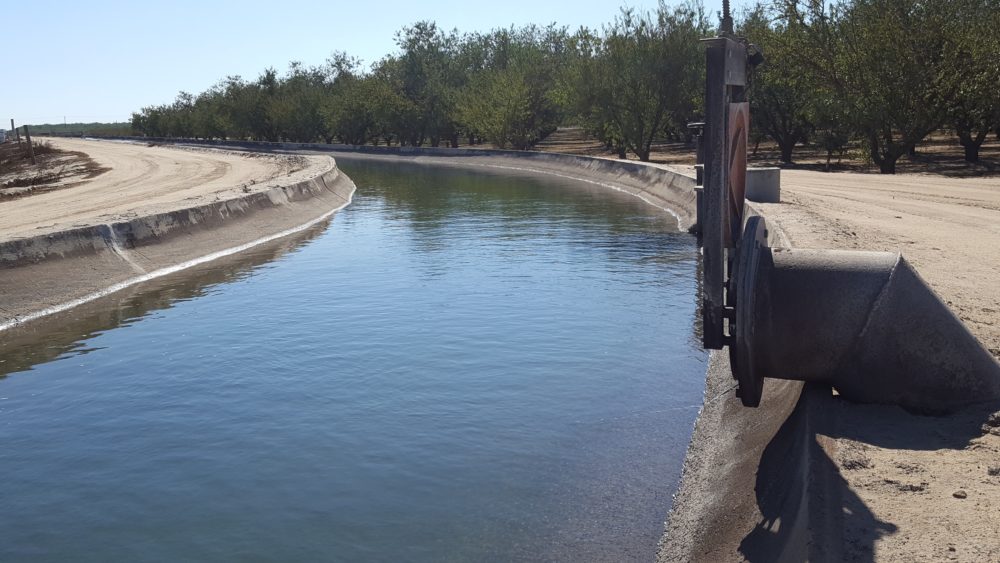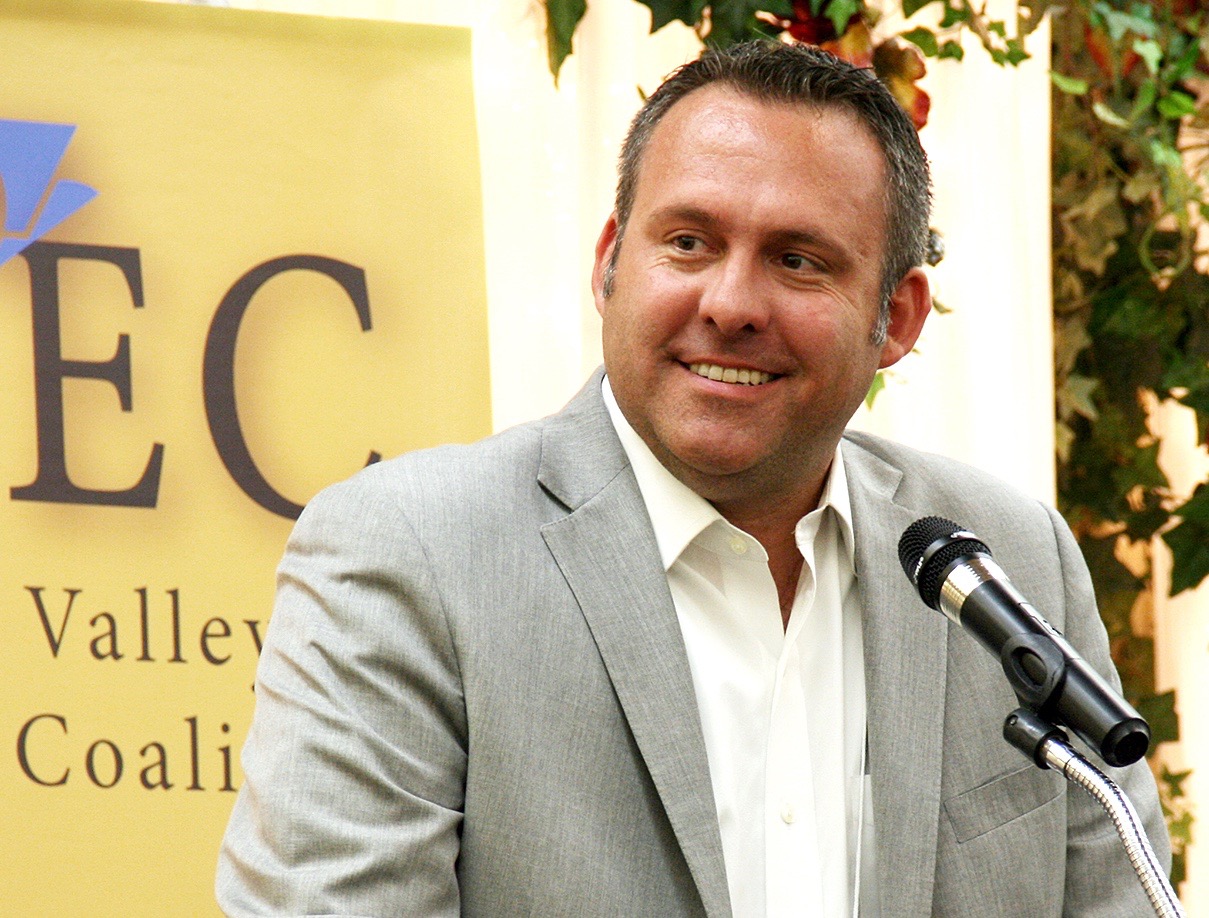40 Percent Water Grab Continues to Be Big Concern
Growers Will Fight Back
By Jessica Theisman, Associate Editor
Recently, over one thousand farmers and other stakeholders attended a rally in Sacramento outside the capital building, protesting the California State Water Resources Control Board’s proposed Water Grab, which consists of over 40 percent of the water from Stanislaus, Tuolumne, and Merced rivers to increase flows for salmon. California Ag Today spoke with Ronda Lucas, General Counsel with the Modesto Irrigation District.
Unfortunately, the state does not need to pick this fight, but they are choosing to.
“In ignoring our science in the process, one of the major deficiencies of the plan is the state board’s refusal,” Lucas said.
Lucas would like the water board to be intellectually honest about the linkage and the impact this will have on groundwater.
“They simply say that we’ll just get more water. There is no more water,” she said.
California is not in a critical overdraft area.
“Our sub base in the Modesto subbasin is in better shape than many, but that’s because we’ve been such good stewards,” Lucas said.
This plan will destroy the health of the groundwater basin.
Lucas says that many communities in the area could be impacted heavily. Some communities’ sole water source is groundwater, and this plan will dry up their drinking water.
“There will be school children that don’t have the basic needs to live, and we know it. And we’ve told the state board that, and they don’t seem to care,” Lucas said.
The bigger problem that is not well known is that the state is trying to come in and run the dam operation long-term.
“If the state is in charge of Don Pedro and the running of our facilities, which we believe to be illegal, we do not know what they are going to do because they have not had a good track record thus far,” Lucas explained.












